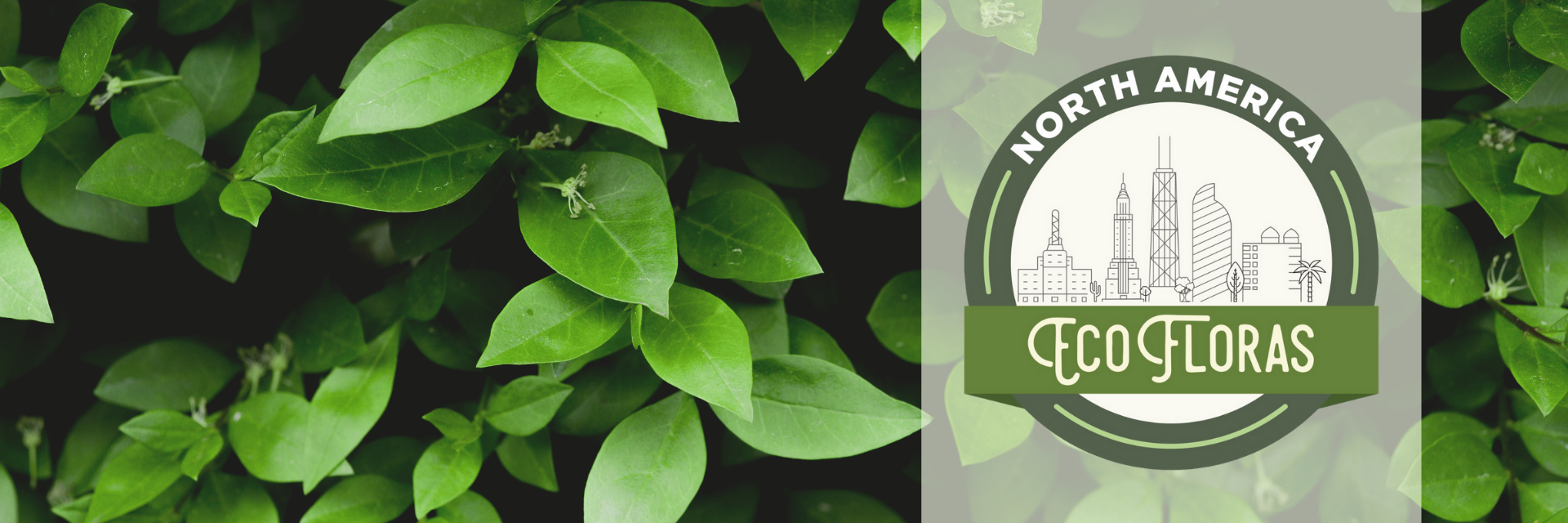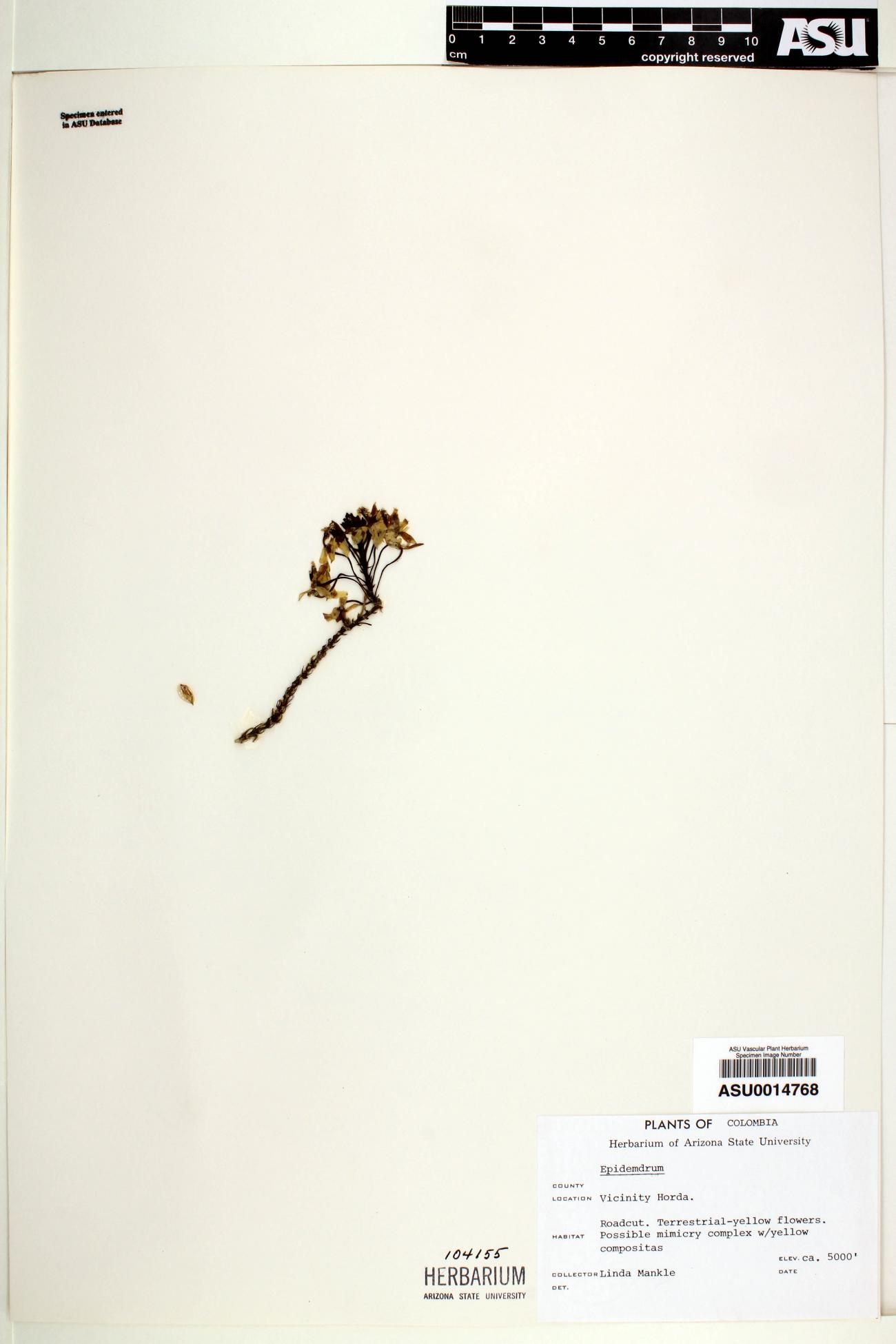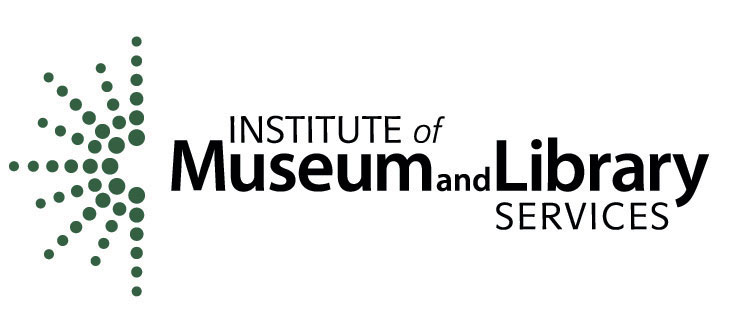
|
Family: Orchidaceae |
Herbs, epiphytic, rarely lithophytic, cespitose. Roots fleshy, glabrous. Stems erect, repent, or hanging, canelike, simple or branching. Leaves alternate; petiole tubular, sheathing, articulate; blade ovate to elliptic or lanceolate, fleshy-leathery. Inflorescences terminal [lateral or basal], racemose to nearly corymbose or distichous, producing flowers only once, or during several years from same or new racemes from old axis; flowers pedicellate or not. Flowers resupinate or not, if not then distichous or spirally arranged, simultaneous or successive; sepals nearly equal; lip adnate to column throughout, forming nectary tube, tube penetrating ovary, occasionally producing nectar; column straight or slightly arched; clinandrium hood partly covering anther; anther 4-celled; pollinia 4, obovoid, laterally compressed, nearly equal; rostellum slit, producing semiliquid viscidium attached to caudicles of pollinarium. Fruits capsules, ellipsoid to subglobose, sometimes with pedicel or beak, 3-ribbed, 1-locular. Outside the flora area Epidendrum is highly varied (E. Hágsater 1984), sometimes producing pseudobulbs or thickened stems, semiterete to membranaceous leaf blades, and apical, lateral, or basal, racemose to nearly corymbose to paniculate inflorescences. The lip of the flower is adnate to the column, forming a nectary tube, but it rarely produces nectar. The lip is exceptionally distinct and free. The rostellum is always slit, producing a transparent or whitish semiliquid viscidium. The pollinarium usually has 4 pollinia, sometimes with 2 very reduced, rarely with only 2. The Florida species were segregated into 2 genera, Amphiglottis and Spathiger (J. K. Small 1933). Later authors have recognized only Epidendrum.
|
This project was made possible in part by the Institute of Museum and Library Services [MG-70-19-0057-19].
Powered by Symbiota



